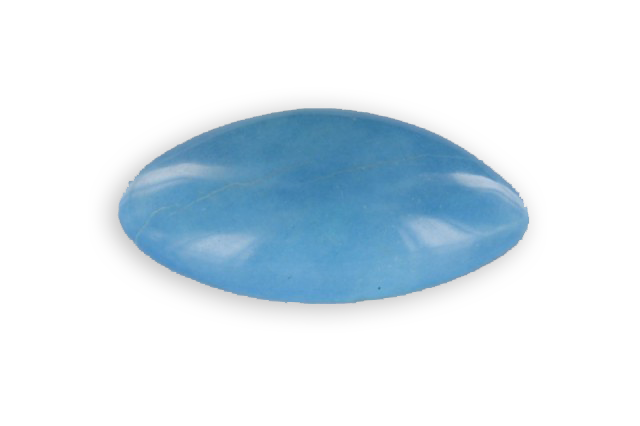
montebrasite
Close to amblygonite, ows its name to Montebras in France, in the Creuse. The majority of gems called “amblygonite” are chemically closer to the “ montebrasite “.
Je vous emmène à travers mes vidéos découvrir mon expérience acquise depuis plus de 30 ans a silloner le globe entier à la recherche de pierres précieuses, de rencontre mémorables mais aussi de difficulté parfois …

Close to amblygonite, ows its name to Montebras in France, in the Creuse. The majority of gems called “amblygonite” are chemically closer to the “ montebrasite “.

Its name comes from the Greek “Leucos” which means white and “phanen”, “which appears” in connection with its color often white. It was discovered in 1840 in Norway.

This plagioclase was discovered in 1770 in the Labrador region in Canada, which gave it its name. It is part of the albite-anorthite series. Its characteristic is a set of iridescent colors that can be observed by changing its position relatively to the light, this


